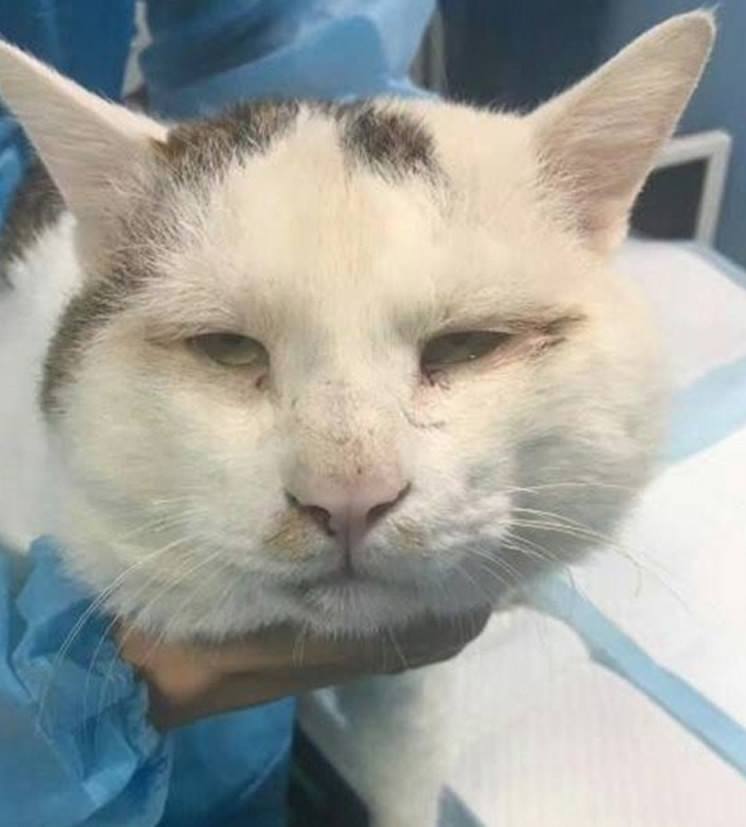

What if I’ve tried and failed to stop my cat’s pica? Keeping the items out of sight might even be enough to manage the problem in these cases. For cats that idly chew, it can be possible to stop them by using Olbas Oil (eucalyptus oil) or Bitter Apple (that’s used to deter animals from chewing stitches). Your vet can recommend a diet that may be suitable.

Some cats also benefit from a change in diet to one with a high fibre content, or the introduction of softened hide stick (normally for small dogs) with a drop of fish oil as an acceptable alternative to chew. It’s recommended to keep materials that they have a tendency to eat out of reach, and to increase opportunities to play with moving objects, such as fishing rod toys. These cats need a great deal of stimulation to give them things to do that promote behaving in a natural way for the species. those living exclusively indoors, or those that may be particularly susceptible to stress. Sufferers tend to have restricted lifestyle, e.g. What should I do if my cat eats wool or other material? constipation (straining unproductively).If you know your cat suffers from pica, it is important to be vigilant and monitor for signs of a blockage in the intestines. What signs should I look for if my cat has a blockage?
#CAT PICA AFTER SURGERY FULL#
Sections of the gut may need to be removed in severe cases but, despite this, cats usually do make a full recovery afterwards. Many substances eaten as a result of Pica can’t be digested in the same way as food and there’s a risk it will cause an obstruction in the intestines and require surgery (called a laparotomy) to remove the material (referred to as a ‘foreign body’). It’s not fully understood why, but one theory suggests that the act of chewing causes chemicals to be released in the ‘pica brain’ producing a feeling of intense pleasure and this becomes addictive. This behaviour is highly rewarding to sufferers and many will go to great lengths to find their favourite materials. A cat suffering from Pica will take the object in its mouth and grind repeatedly with the back-molar teeth before swallowing in a sequence that can take just a few seconds. Many cats will chew and tear at objects when playing, but if pieces are torn off they’re not consumed. For others, the habit can continue well into adulthood and be resistant to intervention. Some kittens at the age of three months or younger are already in the habit of chewing their bedding, but may grow out of this as they mature.

Other materials made of rubber, leather, wood, plastic, cellophane, paper and cardboard are also popular. However this can pass to other natural and synthetic fabrics, with some cats preferring one particular texture. In Oriental breeds pica is predominantly referred to as ‘wool eating’ as this is the most common material chosen. It’s most common in certain breeds, such as Siamese, Burmese, Tonkinese and other Oriental types, which suggests there may be a genetic component with the trait passing down family lines, but other domestic cats with no known Oriental ancestry can also suffer from pica. Please find below the latest entry in the Keeping Cats Safe campaign from iCatCare below: Pica is a term used to describe the consumption of non-edible materials.


 0 kommentar(er)
0 kommentar(er)
